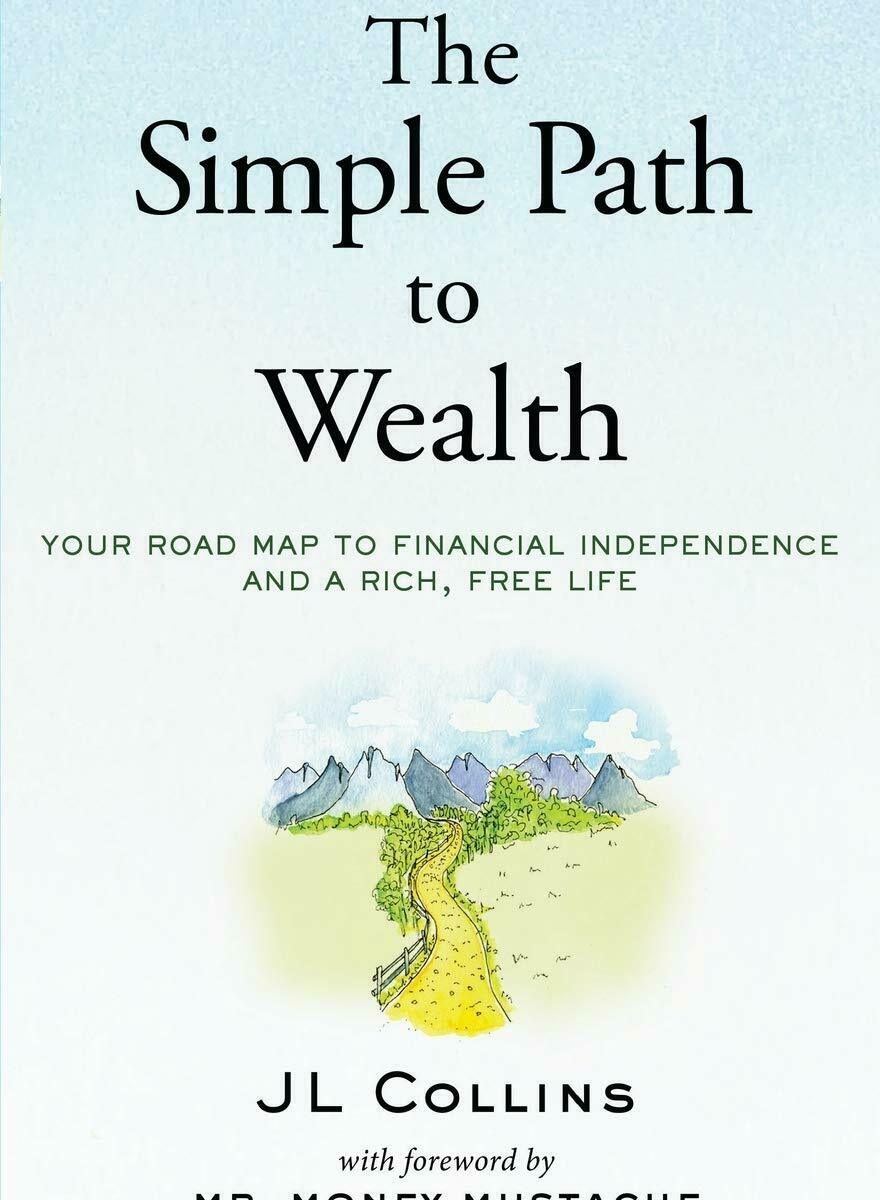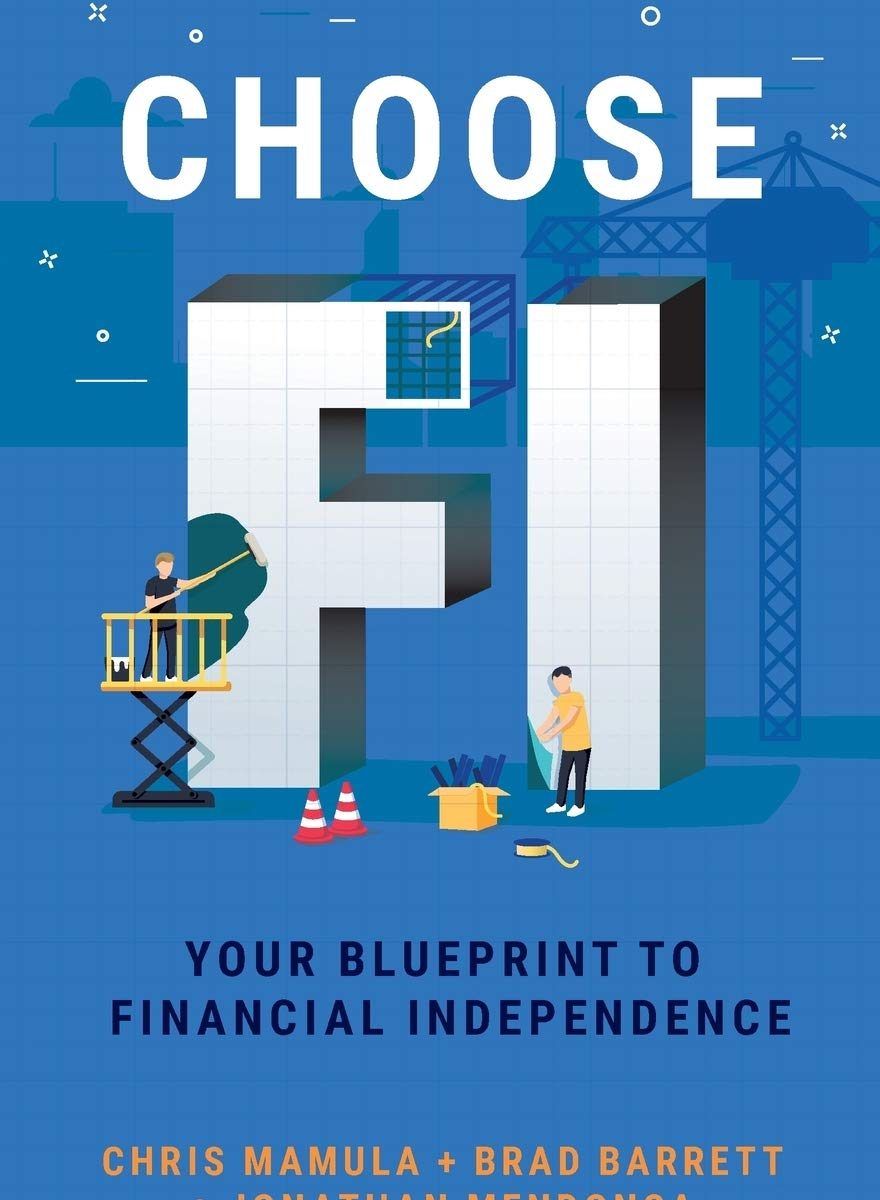Job search, investing performance, and BTC reFIREment plan
So here I am writing at night again today, as getting up early just hasn’t been my thing lately. The girls are enjoying the quarantine bubble that we’ve formed with the family down the street, and they spent most of the day outside playing today. It was the most productive day I’ve had in a long while.
I applied to two jobs the past two nights, one, a fast-growing firm that provides AI-enabled insights for customer data, Outlier.AI, and a startup trying to “cancel the endless cycles of extractive capitalism,” Good Money.
Outlier is a rather large firm that has an office nearby and meets my salary requirements; Good Money is an unknown, but it’s a startup and the culture looks so awesome. I’ll keep applying to my dream list over the next few days: Square, GitLab, Stripe, Twilio. I’m also continuing my consulting gigs, but I don’t know that I can grow that fast enough to reach my goal. We shall see.
Other good news today is that the retirement account hit a new all time high. I was finally able to figure out my actual account performance by looking at my cost basis gains.

| Security | Open date | Close date | Gain(%) |
| APPLE INC (AAPL) | 12/26/2013 | 10/5/2018 | 170.64 |
| AMBARELLA, INC. (AMBA) | 12/26/2013 | 9/19/2018 | 19.05 |
| AMBARELLA, INC. (AMBA) | 9/3/2015 | 9/19/2018 | (55.98) |
| AMBARELLA, INC. (AMBA) | 11/4/2015 | 9/19/2018 | (40.97) |
| AMAZON COM INC (AMZN) | 12/26/2013 | 9/6/2018 | 383.27 |
| AMAZON COM INC (AMZN) | 2/20/2014 | 9/6/2018 | 457.70 |
| ACTIVISION BLIZZARD INC (ATVI) | 12/1/2014 | 10/10/2018 | 248.63 |
| BAUSCH HEALTH COMPANIES INC (BHC) | 12/26/2013 | 9/13/2018 | (80.58) |
| 8POINT3 ENERGY PARTNERS LP (CAFD) | 8/5/2015 | 6/21/2018 | (20.48) |
| 8POINT3 ENERGY PARTNERS LP (CAFD) | 8/3/2016 | 6/21/2018 | (25.19) |
| 3D SYSTEMS CORP (DDD) | 2/20/2014 | 9/5/2018 | (75.12) |
| 3D SYSTEMS CORP (DDD) | 2/18/2015 | 9/5/2018 | (38.07) |
| FORTINET INC (FTNT) | 5/4/2017 | 9/5/2018 | 112.83 |
| NVIDIA CORPORATION (NVDA) | 2/10/2016 | 10/8/2018 | 917.65 |
| OCEANEERING INTL INC (OII) | 12/26/2013 | 9/18/2018 | (68.84) |
| Total: | 93.58 |
Obviously Amazon and NVidia were the big dogs here. My portfolio was imbalanced with the sheer amount that I was holding there, and I had a bad feeling about the economy. I wanted cash in hand, so I sold about half my position via a trailing stop. It looks like genius in hindsight.


2019 wasn’t too great from a gains perspective. On paper it’s only about 4%, but realistically it should be more since I was covering positions, covering my initial capital investment while retaining the rest of the position, risk free. I was able to take profits on GBTC, Paypal, RestoreBio, and Yext, but lost most of it in Aurora Cannabis and Cronos Group when weed stocks collapsed. I also got stopped out trying to play a very volatile penny stock involved in Bitcoin mining operations.
2020 hasn’t seen any major sells, my trading is automated now via my value averaging protocols. Very low volume, so to speak, and a modest 4.7 percent realized gains. My unrealized gains, however, are sitting at a whopping 38.54 percent! Most of that is Amazon (2014), NVidia (2016-17), GBTC, (2019-20; about one-third of my total portfolio,) and Netflix (2013). Major losers include Sierra Wireless, Hive Blockchain Technologies, FireEye, Overstock, and 3D Systems Corp. I’m currently holding thirty-one positions in all, seven of which I’m currently value averaging into.
Before I go tooting my own horn too much, though, I’ve got to acknowledge a bit of cherry picking here in the results. Due to my original brokerage being acquired, I don’t have access to my full trade history prior to the last four years. I’m sure it’s ugly. It’s not really fair to cout gains on positions I’ve held since 2013 while tossing out the ones I lost on during that time frame. I also closed out my traditional brokerage account, about one-fifth of my IRA at the time, and put it into bitcoin in 2017, before it broke 10K.
I am obviously putting my money where my mouth is with Bitcoin. Between my hardwallet and GBTC holdings, I have well more than half of my liquid net worth in the big orange coin, and a smaller bit more in Ethereum and other tokens. I’ve done the calculations and am looking at a BTC price target of $67K, at which point I will have more than enough to pay off all mortgage and student loan debt and establish my financial independence. My target date is sometime before the next halving, which I based off of the stock to flow model, which predicts BTC ranging above $100K before then.
There are lot of details to be worked out before we get there though. Obviously taxes is going to be the big one. I assume we’ll be looking at long term capital gains in the case of Bitcoin. GBTC gains in my IRA are untaxed, but withdrawing anything will be subject to income tax plus 10% early withdrawal penalty. So the best strategy right now is to continue to accumulate and hodl. Since I think BTC is going to accumulate price much faster than my four percent loans, it makes more sense for me to continue to accumulate BTC while making the regular payments.
One change I will be making moving forward is that I am going to resume contributions to my IRA, which I suspended in favor of buying bitcoin directly the past few years. I am missing out on the tax savings from my contributions, which is going to be a big factor next April given my expected increase in income. Once we’ve topped that bucket off, I can make a final decision on where my additional savings will go.









